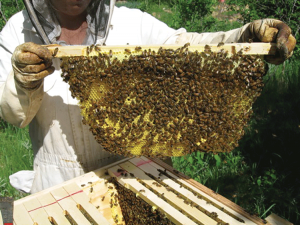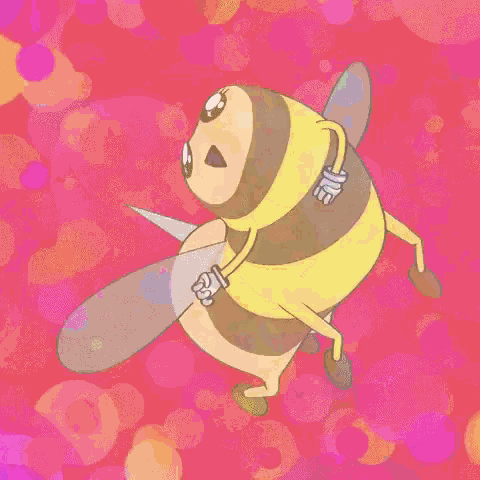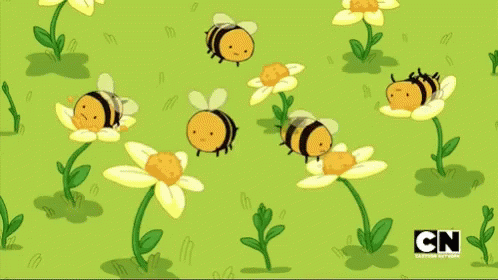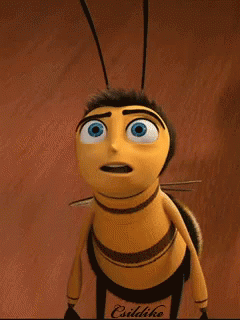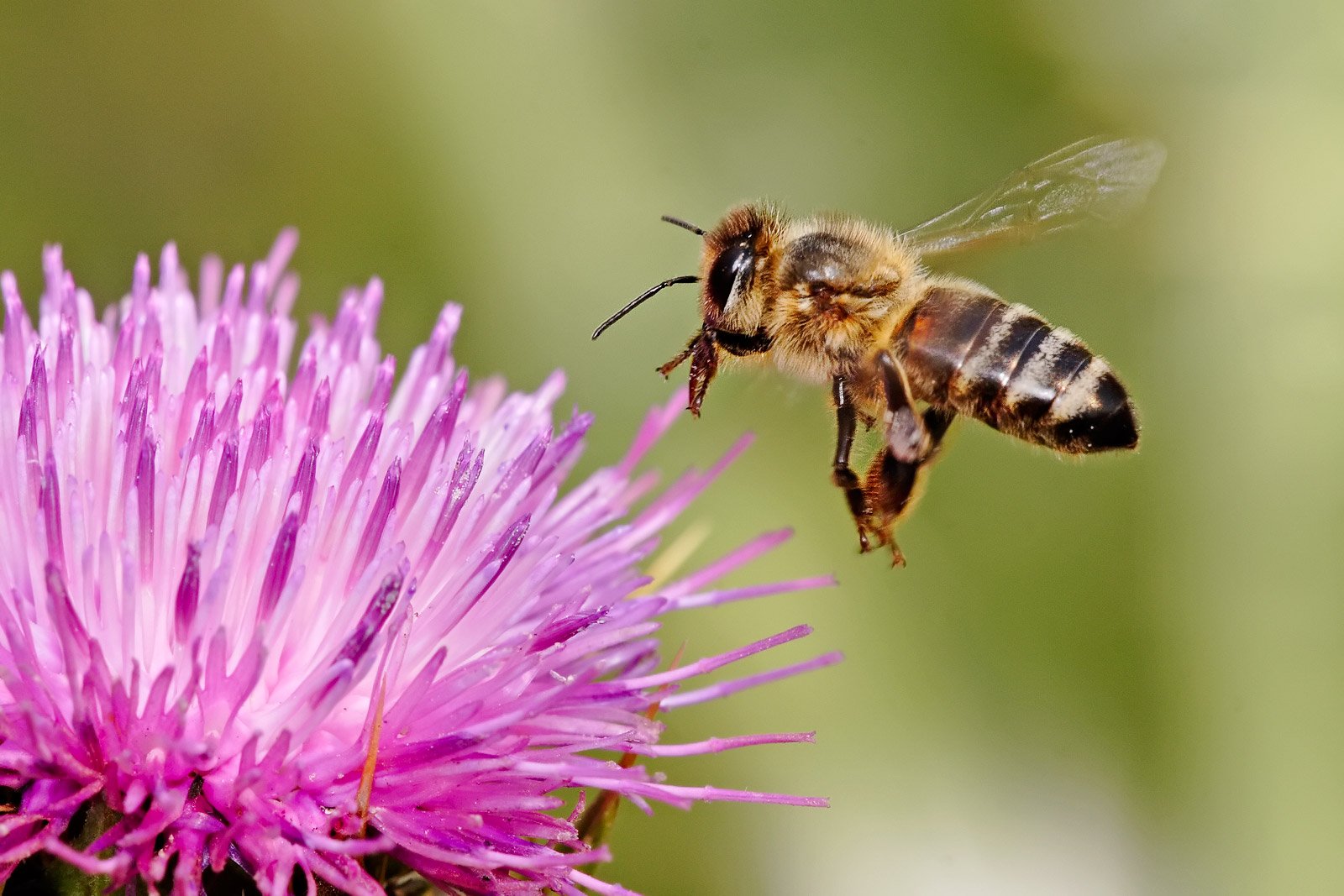
The history shared by humans and bees begin back in the mesolithic, the Middle Stone Age, some 10,000 years ago. From the first evidence of foraging from bee hives, people's relationships with bees around the world developed, leading to the construction and use of containers to house hive and farm bees to people's convenience as early as 9,000 years ago. The farming materials gained from this foraging and farming of bees — honey, wax, royal jelly, and propolysis — provided nutritional, medicinal, cultural, and manufacturing benefits. Around the world, cultures, sometimes independently, incorporated bees and beekeeping into their societies and cultures, often incorporating them into mythology.

8,000 year-old Spanish cave painting depicting bee hive foraging.
https://en.wikipedia.org/wiki/Beekeeping#/media/File:Cueva_arana.svg
In Egypt, honey bees held great importance in their culture. Among the first to practice large scale beekeeping rather than foraging of natural hives, Egypt has a long and developed relationship with bees. Honey was used for everything from sweetening food to paying taxes and preventing infection. Embalming bodies utilized both honey and beeswax, which was also valued for its use in candles and cosmetics. Less well known bee products like royal jelly and propolis also have a history of medical use in ancient Egypt to prevent infection. Bees also played an important role in Egpytian monarchy. The symbols of the kings of Upper and Lower Egypt were a reed and honey bee respectively. Honeybee products played an important role in religious proceedings, with sacred animals being fed honey cakes, sarcophagi being sealed with beeswax after the body was embalmed in honey, jars of honey were sealed with entombed kings and queens among the many other treasures stored. Even in mythology, a translated Egyptian text states that when the sun god Re cries, his tears become bees upon landing.

Egyptian hieroglyphs from the Sun temple of Nyuserre, an Egyptian pharaoh.These 4,500 year old hieroglyphs depict an individual on the left blowing smoke into an apiary while in the centre and right, people are storing collected honey. https://lithub.com/who-were-the-geniuses-who-first-domesticated-the-wild-honey-bee/
In the Americas too, despite the lack of honey bees, many bees were still kept and cultivated for their honey. From Mexico down to Brazil, several species of stingless bees were kept for their honey production. The Aztec, Maya, and many Brazilian civilizations have been found to have practiced beekeeping for thousands of years. The variety of stingless bees cultivated in the Americas do not produce as much honey as the honey bees of Africa, Europe, and Asia, but their cultural and economic importance could still be seen. In the Aztec empire, along with being used as a sweetener and medicine, this honey found use as a way to pay tribute and, after colonization by the Spanish, a way to pay tax. Mythologically, bees in Aztec civilization were represented in Ah-Mucen-Cab, the god of bees and honey, depictions of which have been found in temples. Books describing the Maya also feature illustrations of gods collecting honey and describe rituals surrounding beekeeping.
Aztec incense vessel depicting Ah-Mucen-Cab and an Aztec apiary. http://www.latinamericanstudies.org/merida-museum-2.htm
A History of Hives
As time progressed, the ways bees were kept changed. Initially, the first apiaries were simply pottery and baskets that bees happened to build hives in. Following this, Egyptians began using stacked, horizontal tubes of dried mud. The honeycombs from these tubes would be collected, crushed, and placed in a container in the sun, causing the wax to melt and separate from the honey so that both cold be collected separately. The beeswax would float and in effect, seal the honey in the pot until later. Often, these pots would have spouts at the base from which honey could be poured without disturbing the wax.

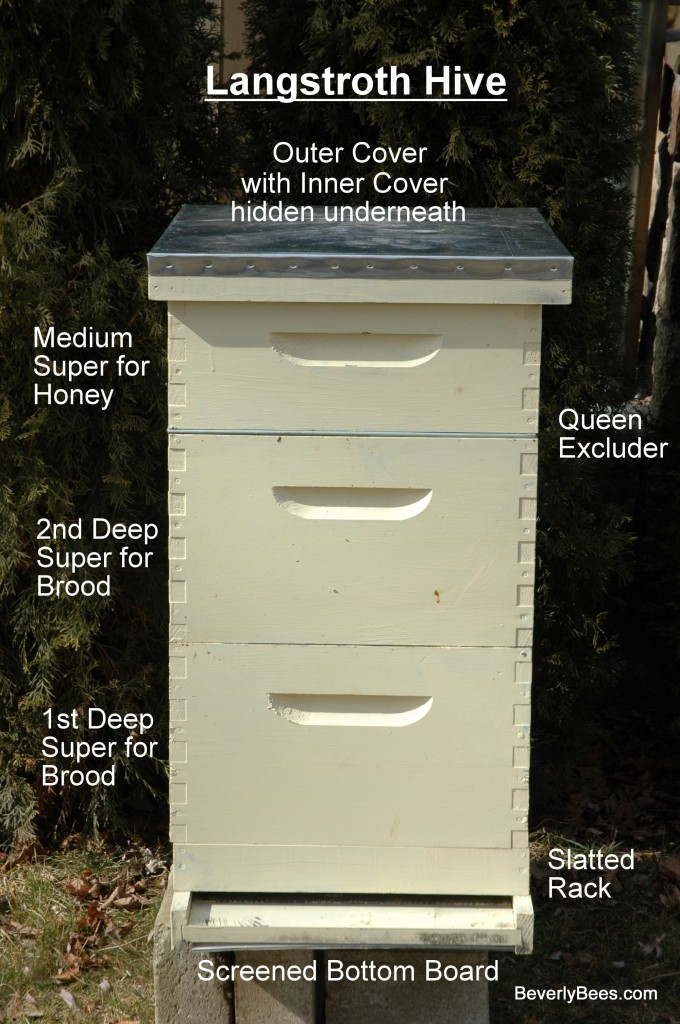
A Blast from the Past!
